Fermented Grains: The Perpetual Soured Porridge Pot
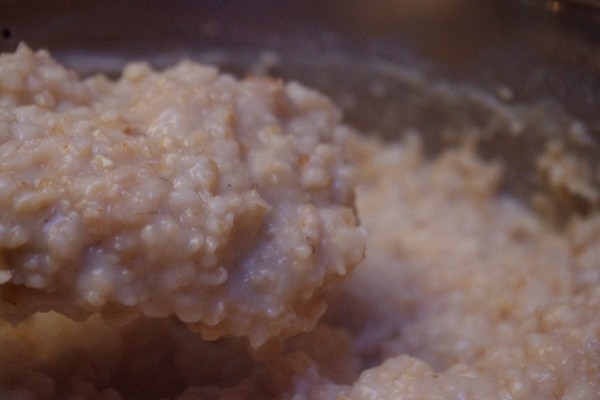
One thing I have found since we moved off-grid is that we simply need to eat more filling, hearty, and dare I say starchy foods. When we first got here that was simply bread and butter, corn tortillas, or plain old oatmeal.
Now that my cooking situation is a bit more set up I have been getting back to soaking and fermenting grains. The problem is that our cabin can swing drastically from 70-some degrees during the day and 30-some degrees at night, which would be why my sourdough starter just wouldn’t cut it.
So I decided to give our oats a ferment and see what happened. The results have been great and dare I say low-maintenance, surviving even in our crazy climate and with my lack of daily feedings. The porridge is definitely sour in flavor, but we love it with plenty of butter, fruit, nuts, and raw milk.
Why Fermented Grains?
Over the years I have found that our bodies tend to digest and simply use grains better if they are soaked, but preferably fermented. This has been the case with a sourdough bread vs. a regular yeast bread and now with this porridge.
Fermentation breaks down the hard to digest components of grains and tends to maximize the nutrients of whatever food is being fermented. Win-win.
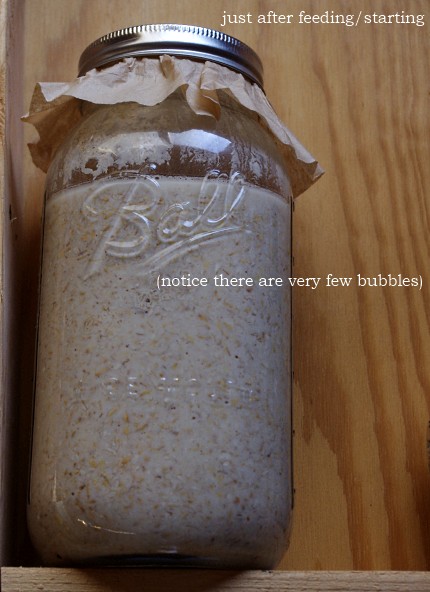
Here is How I Made the Starter:
- Crack whole oat groats into something like a steel-cut oat. It will look like a combination of flour and pieces of whole oats. You can grind it as fine as you’d like, just make sure the oat groats have been broken up and the starchy insides exposed.
- Combine a few cups of these (I just use two scoops from our grain bucket, the equivalent of about 2-3 cups) with enough water so that you can stir it easily but it is not too soupy. I use a half gallon jar for this.
- You can, optionally, add some whey at this point to kick-start the fermenting process. I did just a couple of tablespoons off of our kefir and it seems to have worked well.
- Cover with a cloth or a coffee filter and a rubber band or canning ring. Let sit in a warm place for a few days or until it starts to smell sour and have little bubbles.
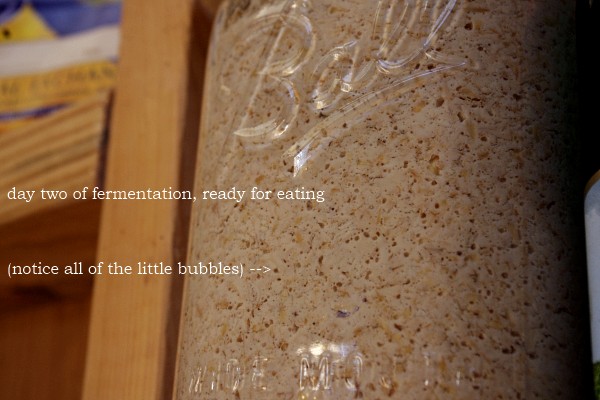
Here is How I Feed It:
Every time we make and use up all but one cup of the porridge my five-year-old cracks two more scoops of oats and I stir them into the jar, being sure to incorporate a good amount of air.
I let this ferment for about two days before removing all but one cup and feeding the porridge once again. I’ve gone longer than those two days between eatings and feedings, but I find the sourness is tamed by using it up within a couple of days (assuming it has already soured).
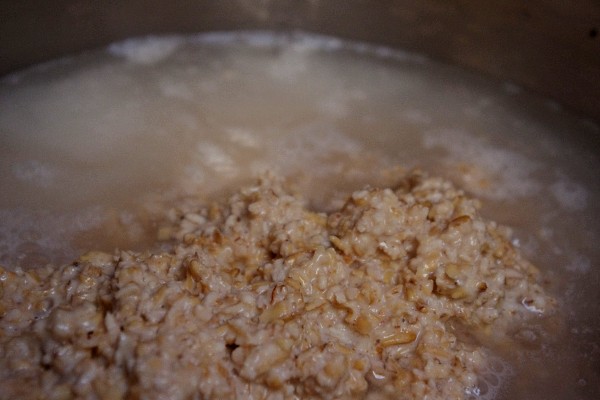
Here is How I Use It:
Be sure to leave 1 cup of porridge in jar. Combine the desired amount of soured porridge with enough water to cover by 1-2". Cook slowly over low heat, stirring frequently, until thick and water is absorbed.
You can also bake with this, which is something I am excited to share with you soon as well.
Learn More About Soaking, Sprouting, and Fermenting Grains
As we have started down this path towards agrarianism we find ourselves having to keep our grocery budget as low as possible while nourishing our bodies in order to do the physical work involved in starting a homestead. Spending the last five years learning about properly preparing grains, beans, and other foods has been an invaluable tool in making this little equation work.
If you are interested in learning more about turning those hard-to-digest grains into something nourishing then you may want to check out the Healthy Whole Grains e-course. This self-paced online class includes 50 videos and over 100 printable recipes to get you going.
Use the coupon code SPROUT20 by February 7th and receive a $20 discount on the course. I am told this is the only coupon code that will be made available to the public, so don’t delay!

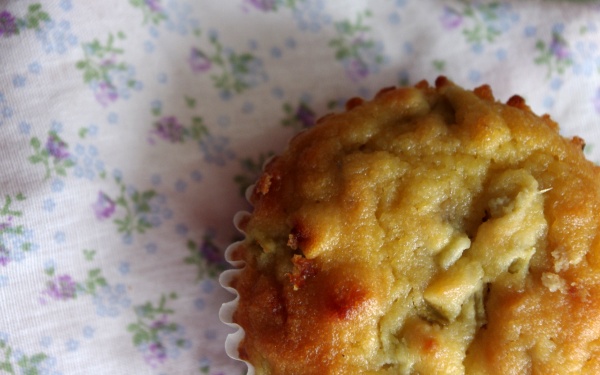
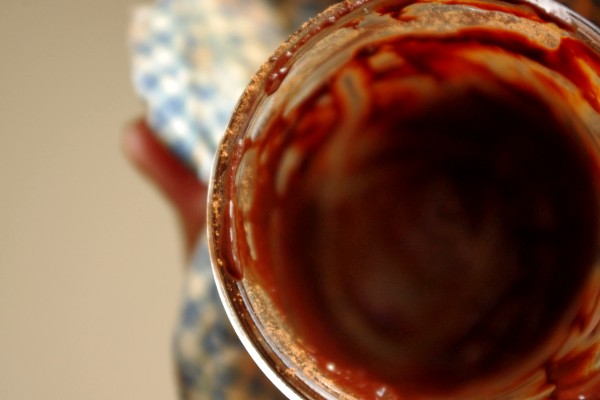
Many Thanks for your response. That make perfect sense. I will give it a go 🙂
you said to crack the groat…could i just buy steel cut oats or rolled oats? if you had to choose between steel cut or rolled, which would be better?
Shannon, will adding apple cider vinegar to the oats and water create an acidic environment that will help Lactobacillus bacteria to grow? I don’t use much kefir outside of using it to ferment my oats so a lot of it would go to waste. I’m thinking 1/4 cup steel cut oats, 1 tablespoon ACV, 1/2 cup water into a jar to sit for 2-3 days. Do you think this will work? Otherwise, could I just add water and oats to a jar and let the naturally occurring bacteria ferment (this method wouldn’t have a “kick start” but I’m assuming it should still work?). Any info would be appreciated!
Hi there. Do you know anything about adding fermented oats to baked goods? Muffins, cookies, brownies, etc.